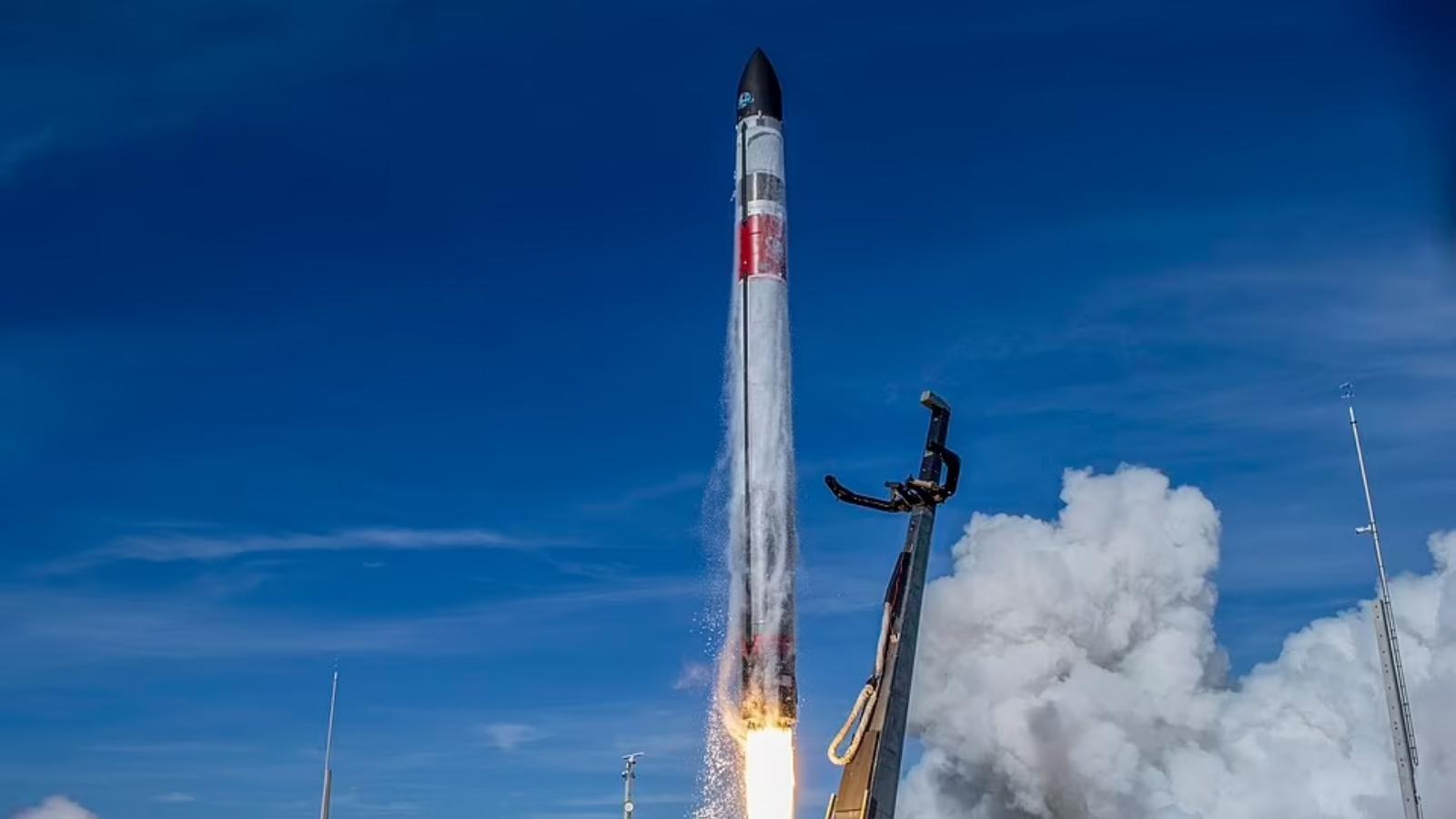
, KB Homes opened a new microgrid neighborhood in ...
news-extra-space

 image credit: spacenews[/caption]
Moreover, even with the parachute that the rocket booster releases to slow its descent to Earth, catching it in midair is no easy task. The Sikorsky S-92 helicopter did manage to grasp hold of the parachute line around 6,500 feet above the ocean on May 2 during the initial helicopter recovery effort, but it quickly let go. A Rocket Lab representative said at the time, the pilot unloaded the booster after noticing "different load characteristics" from those seen during testing. The booster was thrown into the sea and recovered by boat, as with prior recovery efforts.
image credit: spacenews[/caption]
Moreover, even with the parachute that the rocket booster releases to slow its descent to Earth, catching it in midair is no easy task. The Sikorsky S-92 helicopter did manage to grasp hold of the parachute line around 6,500 feet above the ocean on May 2 during the initial helicopter recovery effort, but it quickly let go. A Rocket Lab representative said at the time, the pilot unloaded the booster after noticing "different load characteristics" from those seen during testing. The booster was thrown into the sea and recovered by boat, as with prior recovery efforts.
 image credit: techcrunch[/caption]
Rocket Lab CEO Peter Beck stated, "Our first helicopter catch only a few months ago proved we can do what we set out to do with Electron, and we’re eager to get the helicopter back out there and advance our rocket reusability even further by bringing back a dry stage for the first time."
Also, Read: “Most powerful rocket in the world” Falcon Heavy launched by SpaceX
Rocket Lab, founded in 2006, has adopted a testing strategy that is comparatively iterative. There was no helicopter present throughout the two missions, carried out in November 2020 and May 2021. In addition, the company outfitted the booster with a parachute, recording data on its descent. The company also researched boosters pulled out of the ocean and employed booster simulators to learn more about how boosters might behave upon landing on Earth.
[caption id="attachment_59014" align="aligncenter" width="1600"]
image credit: techcrunch[/caption]
Rocket Lab CEO Peter Beck stated, "Our first helicopter catch only a few months ago proved we can do what we set out to do with Electron, and we’re eager to get the helicopter back out there and advance our rocket reusability even further by bringing back a dry stage for the first time."
Also, Read: “Most powerful rocket in the world” Falcon Heavy launched by SpaceX
Rocket Lab, founded in 2006, has adopted a testing strategy that is comparatively iterative. There was no helicopter present throughout the two missions, carried out in November 2020 and May 2021. In addition, the company outfitted the booster with a parachute, recording data on its descent. The company also researched boosters pulled out of the ocean and employed booster simulators to learn more about how boosters might behave upon landing on Earth.
[caption id="attachment_59014" align="aligncenter" width="1600"] image credit: teslarati[/caption]
According to Beck, reusability is essential for boosting launch frequency and lowering vehicle production costs. Lastly, reusability is another feature of the heavier-lift Neutron rocket, which is still in development.
image credit: teslarati[/caption]
According to Beck, reusability is essential for boosting launch frequency and lowering vehicle production costs. Lastly, reusability is another feature of the heavier-lift Neutron rocket, which is still in development.
Leave a Reply






